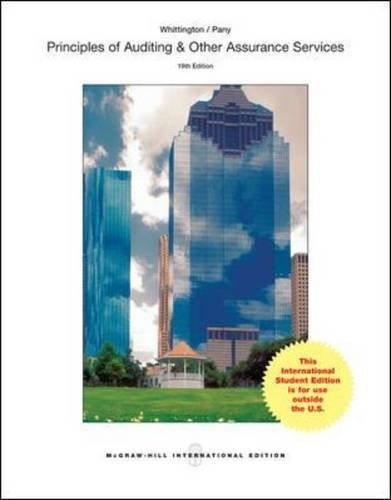Question
In mid-2017, the once high-flying BlackBerry stock was trading for less than $7 a share, a drop of more than 94 percent from $139 in
In mid-2017, the once high-flying BlackBerry stock was trading for less than $7 a share, a drop of more than 94 percent from $139 in 2008. The competitive landscape had shifted in recent years, and BlackBerry lost its strong position in the mobile phone market. BlackBerrys stock peaked at $230.52 in July of 2007 as celebrities and politicians all adopted the addictive phone design nicknamed CrackBerry. However, consumer needs and wants shifted in the following years, and BlackBerry lost its strong market position in 2010. Since then, the company was forced to deal with a severe reduction in hardware revenues and mobile subscribers, a trend it hasnt yet been able to reverse. By 2011, Apple and then Android operating systems began to dominate the smartphone industry, and the two dominant manufacturers, Apple and Samsung, held the bulk of the market share. There continued to be growth in the industry, with a compounded annual global growth rate of 9.8 percent through 2018, but this was much lower than earlier trends due to saturated market conditions in Western Europe and North America where replacement sales drove the majority of revenues. Although the BlackBerry had been extremely popular in corporate environments, when The Bring Your Own Device (BYOD) trend emerged in 2009 corporate IT departments lost much of their incentive to procure the secure and reliable BlackBerry as companywide hardware. After a decade of massive success, BlackBerry had failed to understand that consumers would drive the next surge in demand, and their corporate strategy to cater to the professionals would become unsustainable. Further, BlackBerry did not believe the innovative touchscreen capabilities of Apple and Android phones would succeed, and therefore, did not develop this capability until 2013. When the firm finally released the all-touchscreen version of BlackBerry 10, they were far too late to market. In 2013, BlackBerry Limited had hired John Chen, a turnaround specialist, as its new CEO to get the former dominant smartphone producer back to profitability. Soon after joining the company, Chen formulated a turnaround plan that emphasized corporate and government enterprises. This new plan would significantly reduce the companys operating costs; however, the sustainability of his strategy was still a big unknown. There were rumors regarding a potential sale of the company to Samsung Group, privatization of operations to reduce the risk of shareholder activism or hostile takeovers, and a move to focus only on software and licensing agreements. The smartphone industry has for a while displayed significant duopoly features, both with iOS and Android (software), but also with the iPhone and Samsung Galaxy smartphones (hardware). The global expansion from Chinese smartphone manufacturers Huawei and Xiaomi is expected to fragment the market and drive down the average price of devices in the years to come. The Android open source software system has reduced entry barriers and creates an incentive for increased market expenditures in order to build brand loyalty. This creates uncertainty in the market for everyone, necessitating astute strategic leadership. At the end of the case, BlackBerrys sales are yet to bottom out, and the return route back to stable profits is uncertain. CEO Chen restructured to focus on software and service, but there were still difficult strategic choices to make. Chen intended to return BlackBerry to its core strengths that catered to enterprises with security and efficiencies by building on its commitment to innovation and dedication to the customer. The major question for BlackBerry is whether it can develop the momentum to make a big comeback. Discussion Questions: 1. What corporate strategy should BlackBerry Limited deploy in order to maximize profitability in the years to come? 2. What do you think about CEO John Chens turnaround strategy options? 3. What are key forces in the general and industry environments that affect BlackBerrys choice of strategy? 4. What internal capabilities does BlackBerry have that can be used to craft strategy? How should BlackBerry compete?
Step by Step Solution
There are 3 Steps involved in it
Step: 1

Get Instant Access to Expert-Tailored Solutions
See step-by-step solutions with expert insights and AI powered tools for academic success
Step: 2

Step: 3

Ace Your Homework with AI
Get the answers you need in no time with our AI-driven, step-by-step assistance
Get Started


